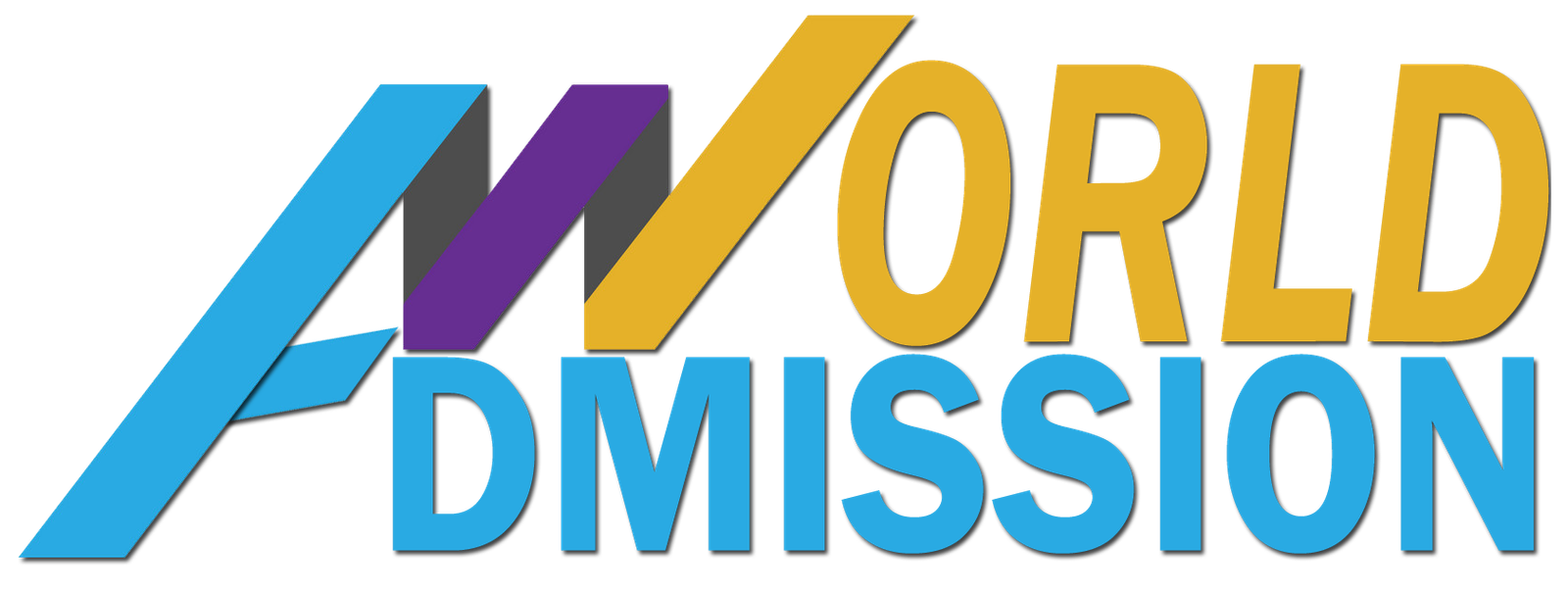A logo is graphic mark,emblem,or symbol commonly used by commercial enterprises,organizations and even individuals to aid and promote instant public recognition. Logos are either purely graphic or are composed of the name of the organization (a logotype or wordmark).
At the level of mass communication and in common usage,a company’s logo is today often synonymous with its trademark or brand.
The current era of logo design began in the 1870 with the first abstract logo,the Bass red triangle. As of 2014,many corporations,products,brands,services,agencies,and other entities use an ideogram or an emblem the thousands of ideograms in circulation are recognizable without a name. An effective logo may consist of both an ideogram and company name to emphasize the name over the graphic ,and employ a unique design via the use of letters, colors and additional graphic elements.
Ideograms and symbols may be more effective than written names,especially for logos translated into many alphabets in increasingly globalized markets.
Logo design:-
Logo design is an important area of graphic design, and one of the most difficult to perfect. The logo is the image embodying an organization. Because logos are meant to respresent companies’brands or corporate identities and foster their immediate customer recognition, it is counter productive to frequently redesign logos.
Logo color:-
Color is key element in logo design and plays an important role in brand differentiation. The importance of color in this context is due to the mechanics of human visual perception where in color and contrast play critical roles in visual detail detection.
In addition,we tend to acquire various color connotations and color associations through social and cultural conditioning,and these play a role in how we decipher and evaluate logo color. White color is considered important to brand recognition and logo design,it shouldn’t conflict with logo functionality,and it needs to be remembered that color connotation and associations are not consistent across all social and cultural groups. For example, in the United States,red,white,and blue are often used in logos for companies that want to project patriotic feelings but other contries will have different sets of colors that evoke national pride. Similarly,diverse industry sectors tend to favour different color palettes:
Strong,Saturated colors are favoured in the fast food industry and less saturated,more somber colors in the banking and insurance sectors. Choosing an organistion’s logo’s color is an important decision because of its long term implications and its role in creating differentiation among competiors’logos. A methodology for identifying potential logo colors within an industry sector is color mapping,whereby existing logo colors are systematically identified,mapped,and evaluated.





